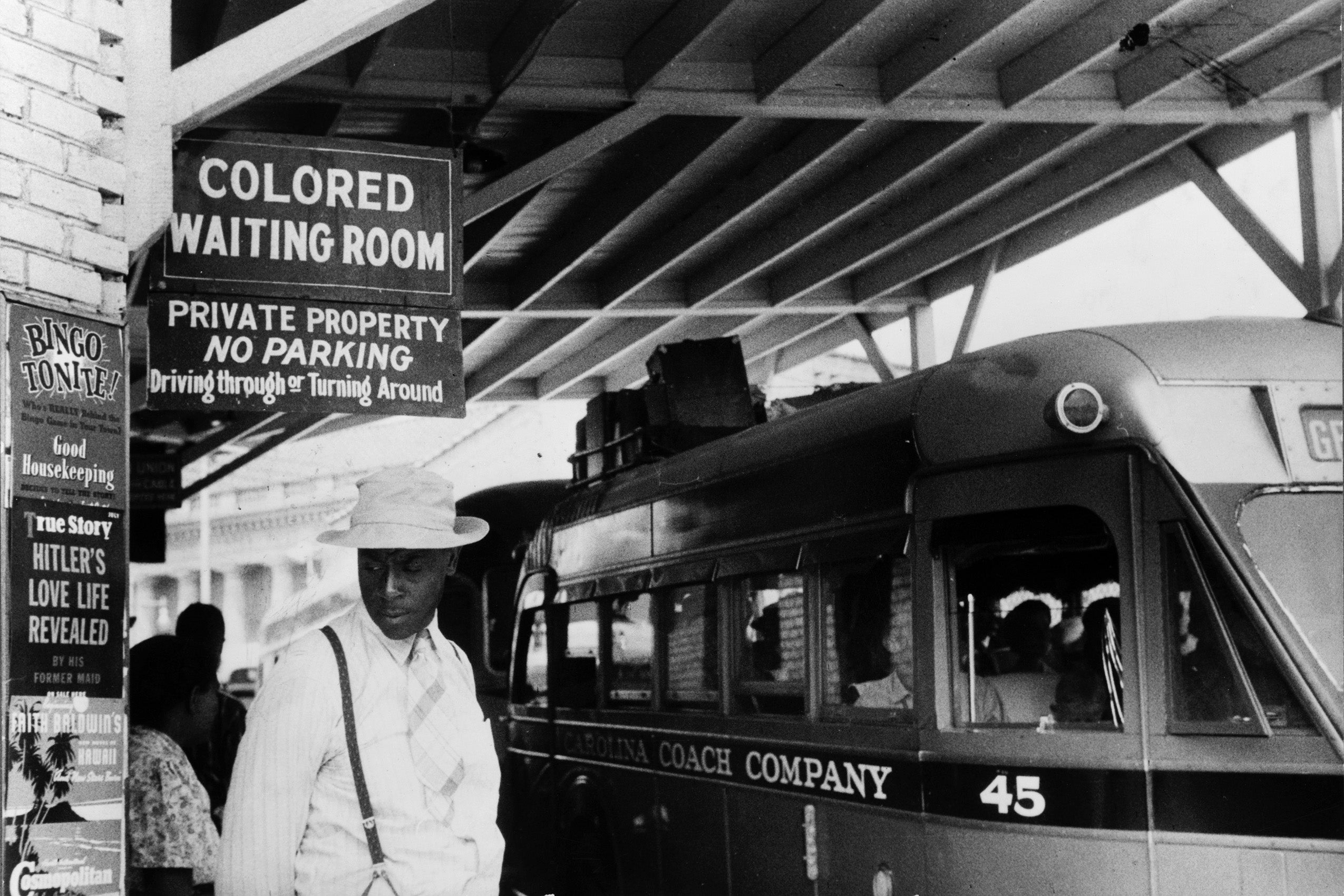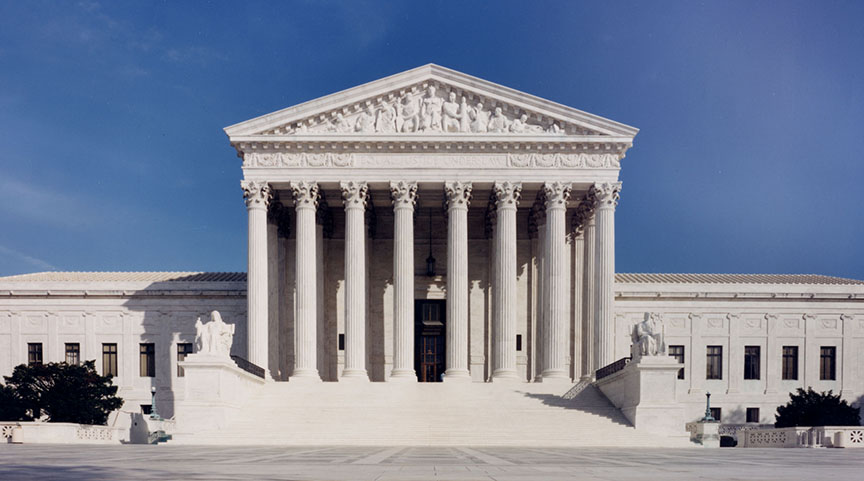The United States Supreme Court was established under the JudiciaryAct of 1789 to be the court of "last resort" for those seeking justice. It's first landmark case was Marbury v. Madison, which took place in 1803 and helped establish the principle of Judicial review. This allowed for the Supreme Court to rid of laws that people felt were unconstitutional, as well as review the actions of other branches of the government to make sure all were following the constitution properly. In 1857, the landmark Dred Scott v. Sandford case occurred, where the court determined that African Americans, both enslaved and free, did not qualify as citizens of the United States. In 1896, the case Plessy v. Furgeson established the term "separate but equal", where racial segregation was upheld in place. In 1954, Brown v. the Board of Education occurred, where it was argued that racial segregation in public schools was unconstitutional.
Although the Supreme Court may not directly make the laws, it does play a role in the overall law making process. The decisions and interpretations of the constitution they make together as a whole has great influence on laws and their outcomes. For example, they were able to declare the action of segregation of public schools unconstitutional in the case of Brown v. Board of Education. Because of their ruling, the Legislative branch was able to amend the law.
Another part of the Supreme Court that we became quite familiar with in class is the idea of "Certiorari". This is a petition to the court to hear the case again, regardless of previous ruling.



No comments:
Post a Comment